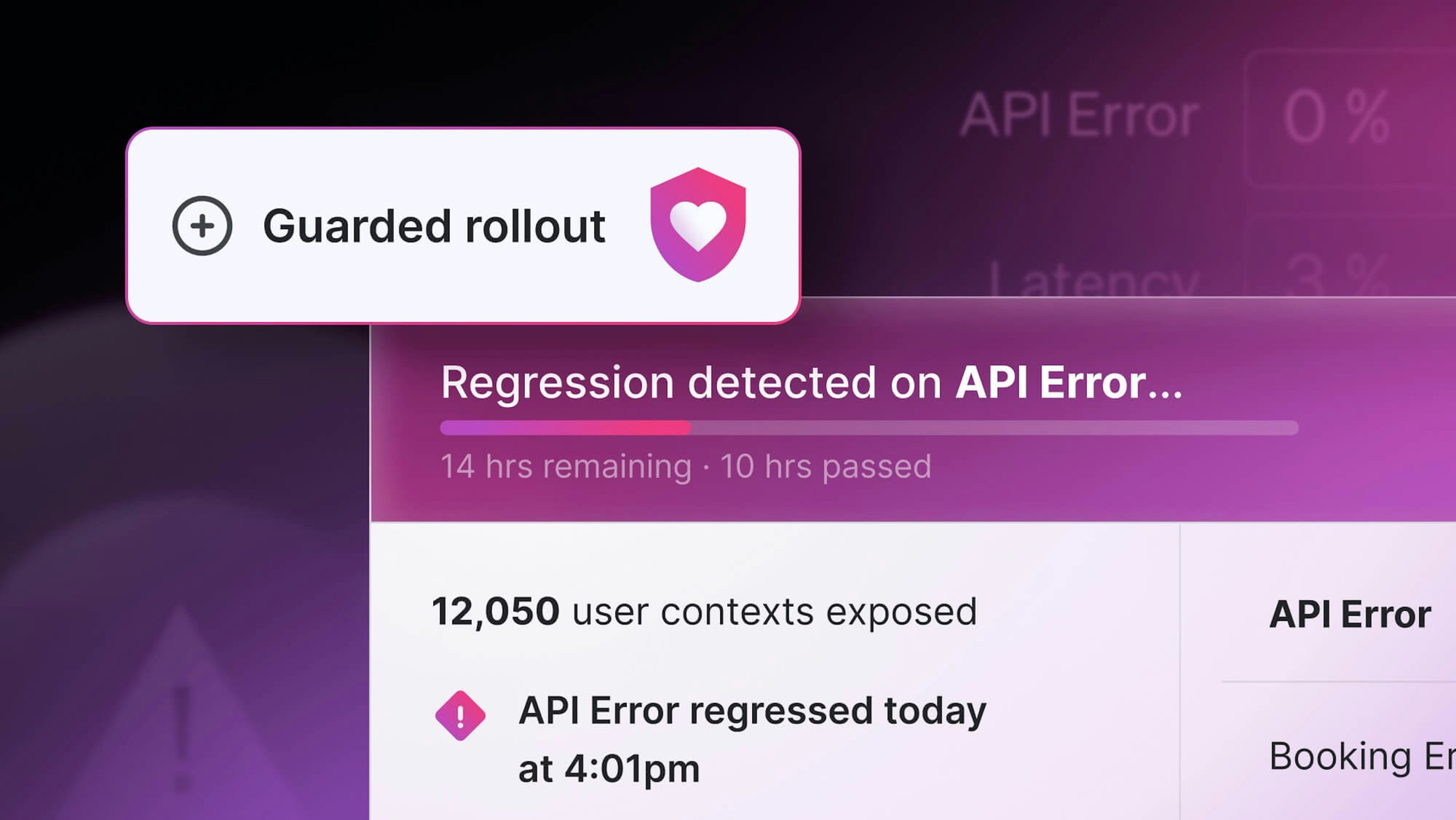Digital transformation refers to an organization’s leveraging of technology to improve how it delivers value to customers. In addition to a shift in technology, this also means a shift in culture, as businesses must constantly provide a service to end users ahead of their competitors.
Even in software-first companies, digital transformation is a necessary process. While some businesses might still rely on traditional practices and workflows in order to complete projects (it's all written down in a notebook or spreadsheet somewhere!), others use various digital tools and services. These improve their development and production procedures, leading to better collaboration, faster time-to-market, and more satisfied customers. All this can be achieved through incorporating DevOps practices.
In the DevOps methodology, various tools and practices are used to better integrate the software development and IT teams, so that they can collaborate more effectively, automate as many processes as possible, and complete applications more quickly.
This article will show how you can use DevOps to achieve digital transformation in your company.
Why DevOps?
DevOps helps organizations shift their cultural mindset as well as their tools and workflow. This reimagining and automating of the production process increases their ability to respond to change and continuously improve their product, enabling them to better meet customer demands.
Digital transformation is also an ongoing effort. Technology changes so quickly that individual teams might not be able to keep up. One strategy is to allow each team to focus on a smaller problem domain that helps them maintain expertise while they work in tandem with other teams. This enables the faster pace necessary for digital transformation.
Additionally, a faster pace and more integrated workflow enables businesses to better understand their end users and build products that meet their needs.
Here are some of the ways DevOps achieves this:
- Advanced monitoring and remediation methods mean that problems are often found before the customer notices, or that the system degrades in a way that has only a marginal impact on the customer.
- Product teams are structured to receive customer feedback quickly and act on it.
- A decoupled digital architecture allows for many experiments to be run simultaneously, leading to faster results.
At larger, more traditional organizations, it is common for teams to work in separate silos, not sharing information or communicating effectively. You can use DevOps to create a collaborative organizational culture, which helps achieve digital transformation more quickly. This can strengthen your organization and increase your chances of success.
Here are some of the issues your company may face if it isn’t using DevOps:
- Slow delivery to customers
- Many manual tasks with a high error rate
- Teams working in silos and not communicating
- Lack of ownership in the work
- Older tools and practices that don’t meet current industry needs
A primary characteristic of DevOps culture is increased collaboration between the development and operations teams. This means that developers become more aware of operational concerns such as deployment and monitoring, and operations staff adopt new automation tools and practices.
Together, they use a technology stack and added tooling to speed up processes that historically have been manual and slow. Practices and tools that can assist with this process include prototyping tools, AB testing, automated testing, secret detection tools, continuous integration/continuous delivery (CI/CD), logging, and user analytics tracking.
Here are some of the benefits of switching to a DevOps culture:
- Faster delivery to customers
- Automated repetitive tasks
- Better collaboration among teams and more ownership of the product
- New technologies to keep the organization competitive
Keep in mind that most DevOps transitions are far from smooth. It costs time and effort to adopt new tools and services, as well as to train staff. Your teams may not be fully productive until the organization has completed the switch, which could take years. You should move into a DevOps transition with a good understanding of the time, money, and resources required and the benefits you will realize.
Benefits of DevOps
The core cultural benefits of introducing DevOps in an organization are automation, testing, repeatable processing, and feature selection.
Automation
Automating manual tasks such as testing, configuration, and deployment frees people up to focus on other valuable activities and reduces the chance of human error. This also facilitates easier collaboration within organizations.
However, automation by itself is not the solution. Other factors in a successful DevOps switch are process and culture.
Testing
A strong testing culture increases the quality of your organization’s products and increases your teams’ confidence to make changes without introducing defects. Testing is a core part of building quality into a development process. This includes cross-functional concerns such as performance and security. The techniques of continuous delivery, including self-testing code, allow for regular, low-risk deployments.
Repeatable Processing
When performing a repetitive task, such as running manual test scenarios of a product feature or copying files between servers for a manual deployment, a human will inevitably lose focus at some point, especially if the tasks are complicated or time-consuming. A DevOps culture encourages repeatable processing of these tasks, partly through automation. If the tasks are performed in the background without requiring constant human effort, your organization can save both time and production costs.
Feature Selection
When developers can quickly prototype and test ideas, teams can more easily experiment and respond to user feedback in quick iterations. They can then incorporate what they’ve learned into the product or service, shipping desired features more frequently.
For example, customers may be struggling to sign into the product. Developers can quickly prototype other sign-in solutions such as magic links, a one-time password, or a single sign-on. They can test these prototypes out with some users to see if the proposed solutions work, and from that feedback decide that single sign-on is the most usable method. Developers can focus on expanding that solution, throwing away the other ideas at a lower cost since they were prototypes. This adds value to the final product and to the overall organization.
DevOps unites people, processes, and technology: when all three are aligned toward the same business goals, it promotes quick innovation and an attitude of shared responsibility for the final product.
How to Start with DevOps
Beginning DevOps in an existing organization can be a challenging process because of the shift in culture as well as in technologies.
To start, you need to support a culture of shared responsibilities. This means removing silos between development and operations. Each team should better understand what the other does and how they can best help the other team manage its workflow.
As an example, the operations team can work closely with the development team when there are production bugs in order to understand how they triage, debug, and fix the issues. From this understanding, the operations team can suggest ways to resolve production bugs more quickly, such as creating an easier way for everyone to access production logs. DevOps culture blurs the line between the developer and operations teams and may eventually eliminate the distinction.
Next you need to empower your teams. This means breaking away from the traditional command and control structure of organizations and moving toward self-organized, autonomous teams. To collaborate effectively, developers and operations staff need to be able to make decisions and apply changes without waiting on complicated decision-making processes. You should create a culture in which people trust each other and failure is viewed as part of the learning process, as opposed to something requiring punishment.
The above changes will help you create a good foundation for your DevOps journey. All the other practices and processes that are part of DevOps, such as automation, testing, and experimentation, will build upon this foundation.
As a way of initiating a DevOps transformation, you could introduce a greenfield project, or an entirely new project that doesn’t need to be integrated with the previous work environment. This will allow you to form an autonomous team to launch and test new DevOps practices without needing to combine those with existing practices and processes.
Another approach is to identify the organization’s highest-value project that suffers the biggest bottlenecks. Start to introduce DevOps practices to help reduce those bottlenecks. The highest-value project should be given the highest priority, since improving it will provide the biggest impact for customers. Doing this will also make it easier to introduce DevOps to the rest of the organization, because other projects will have fewer issues.
Conclusion
A digital transformation is a complete business transformation that requires more than updating your IT system or creating some apps. To achieve this shift, you must reimagine how your company operates. The best way to begin your company’s digital transformation is to initiate a DevOps culture.
One of the tools you can use in your DevOps practices is LaunchDarkly, which provides feature flags so that engineers and IT teams can deploy or disable new features without deploying the rest of the code. You can detect and fix bugs without relaunching the entire app or inconveniencing end users. Feature flags also allow teams to deploy code faster with a reduced failure rate. Learn more here or by watching the video below.







.png)
.png)






